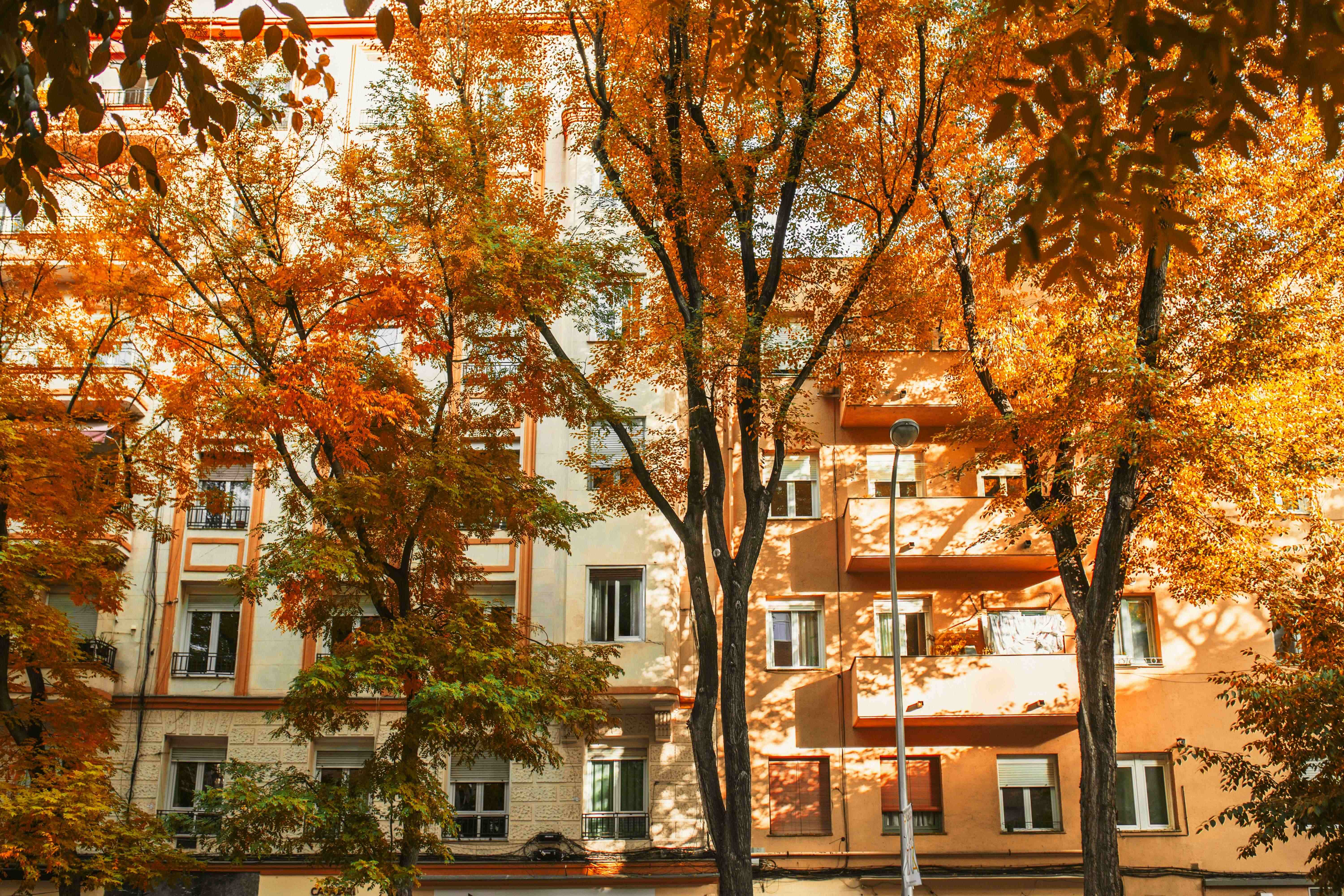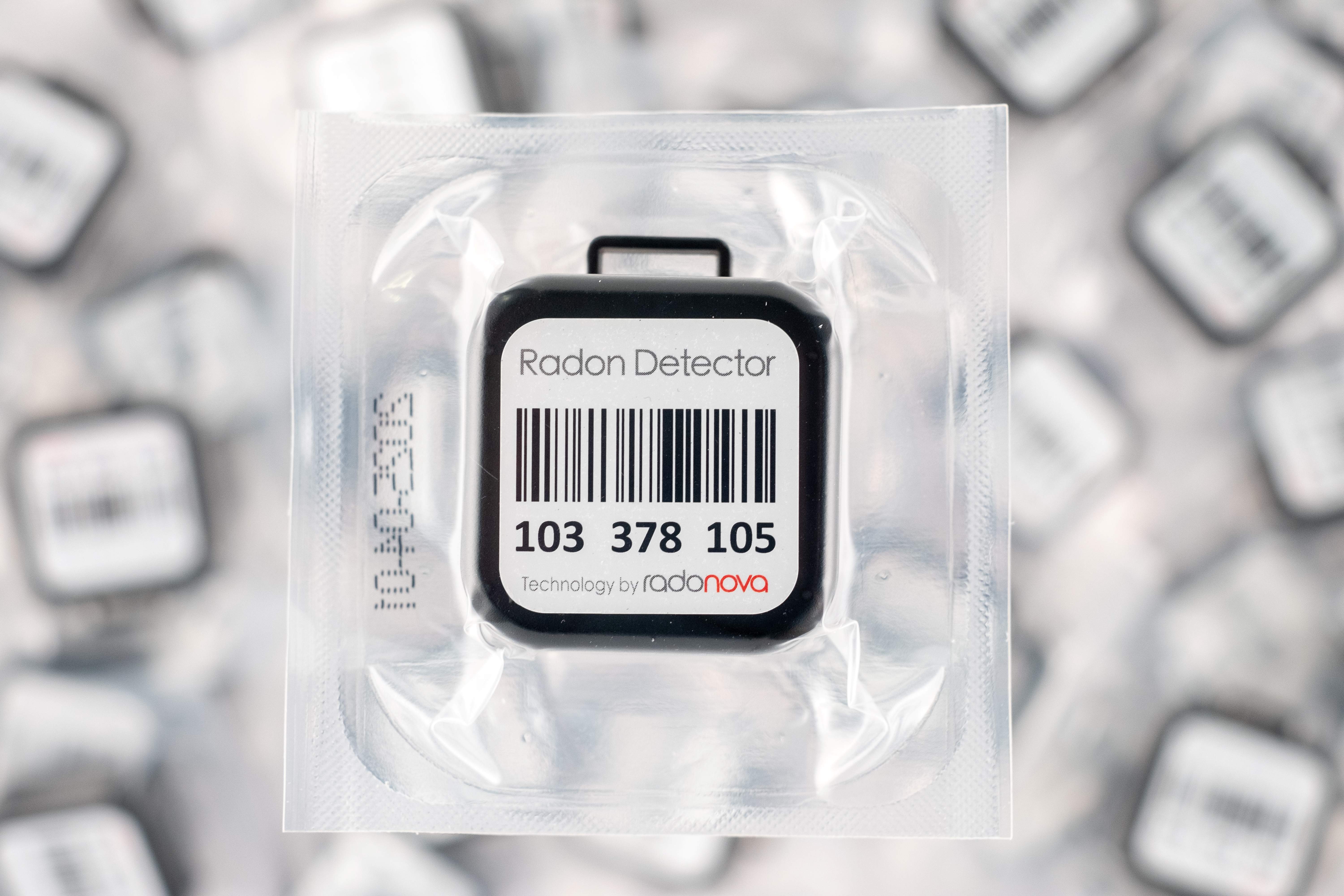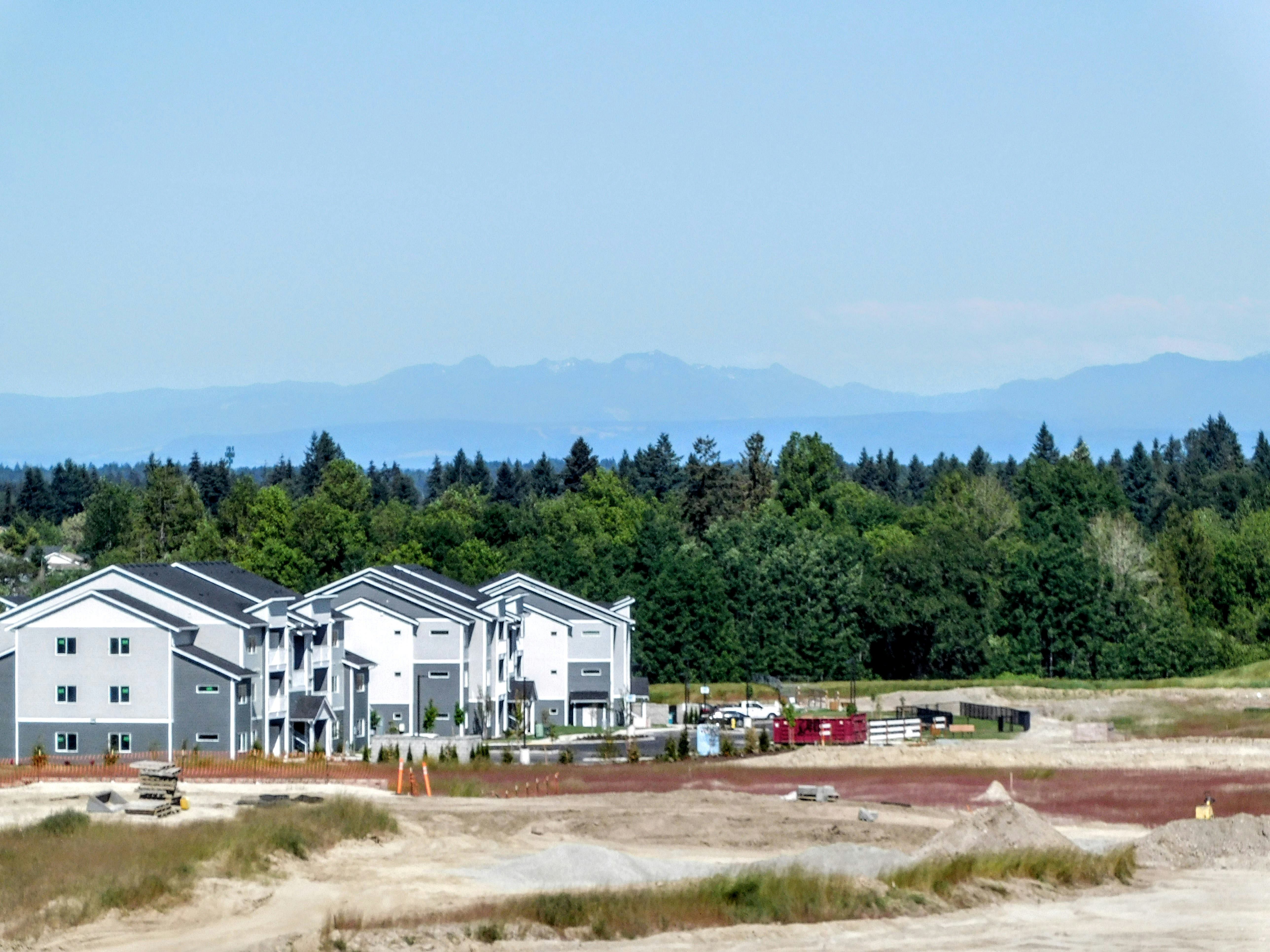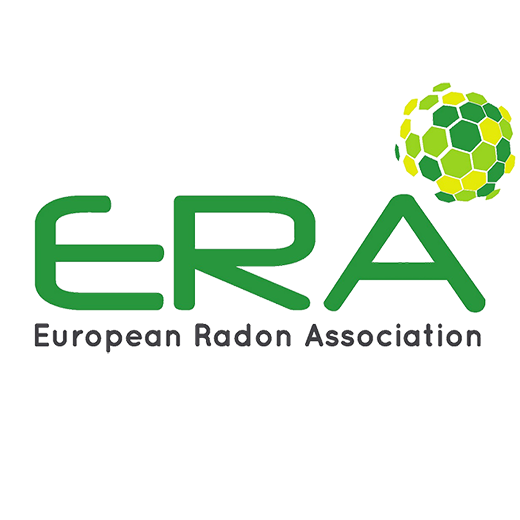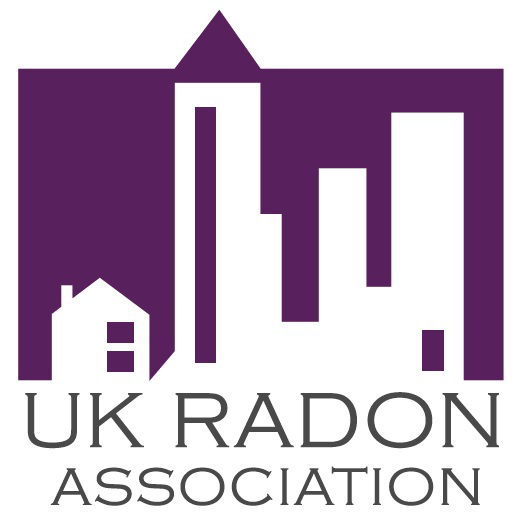As autumn arrives in the Northern Hemisphere, the radon measurement season gets underway. For anyone who wants a reliable annual average of radon levels in their home, apartment building, or workplace, now is the time to start. The colder months, typically between October and April, create the conditions to measure and analyze radon levels over time.
Radon is a naturally occurring radioactive gas found in soil that can enter buildings. Long-term exposure poses a serious health risk. Globally, the World Health Organization estimates that radon is responsible for tens of thousands of lung cancer cases every year.
“Interest in radon measurements continues to grow as more people want to take control of their indoor environment. This applies to both residential properties and workplaces. Many are pleasantly surprised at how easy it is to carry out a measurement. In cases where mitigation is needed, solutions are usually straightforward and not particularly costly,” says Karl Nilsson, CEO of Radonova Laboratories, the world’s leading laboratory for radon measurement.
Five Situations When Radon Measurement Is Especially Important
- When buying or selling a property
- After renovations or remodeling projects
- If neighbors have recorded elevated radon levels
- After installing or altering a ventilation system
- If it has been more than two to five years since the last measurement
Why Annual Averages Matter
Radon levels fluctuate during the day and across the seasons. Short-term tests can provide an indication of current levels but should always be followed up, since radon varies throughout the year. For reliable results, long-term testing of at least two months (60 days) during the colder season is necessary to establish an annual average.
Use Accredited Laboratories
For accurate results, radon testing should always be ordered through an accredited laboratory. If testing is carried out using non-standard methods, the results may be inaccurate — and elevated radon levels could go undetected.
What Is Radon Gas and How Does It Spread?
Radon is produced when uranium in the ground decays and breaks down. The gas can enter buildings through cracks in foundations, gaps around pipes, or certain types of construction materials. In some cases, well water may also be a source.
The main danger comes from radon’s decay products, known as radon progeny. When inhaled, these radioactive particles can lodge in the lungs, damaging cells and increasing the risk of lung cancer. The risks are especially high in poorly ventilated areas where radon can accumulate in high concentrations.
